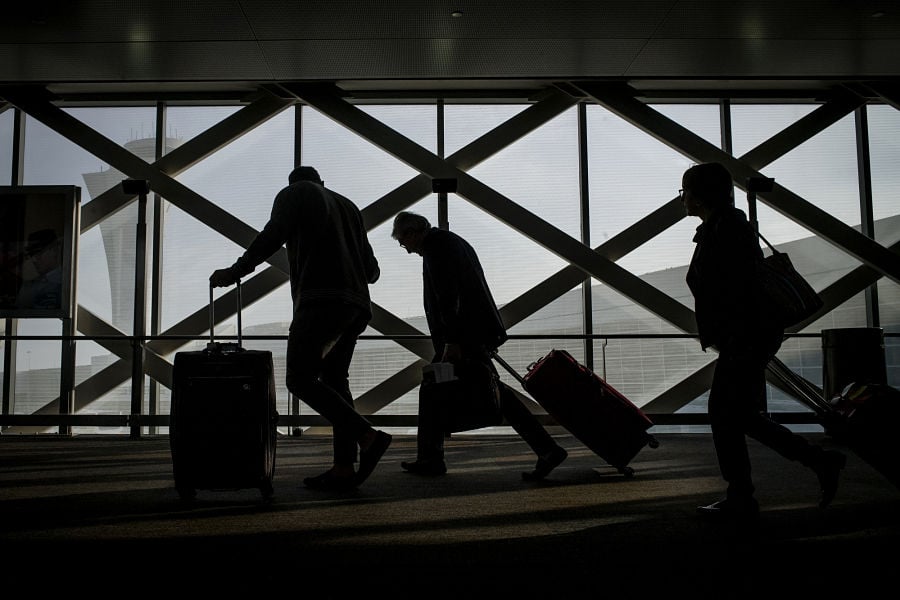Survey shows many loyalty program members are confused about how their program works
Roughly half of the people who belong to a U.S. airline loyalty program don't understand how it works.
We're not just talking about people who fly a few times a year. A J.D. Power study published this month revealed that almost one-third of those who travel enough to gain status (silver, gold, platinum, etc.) may be unable to explain how they got it.
Among loyalty program members, only 55% of respondents said they know how to book and redeem rewards — a statistic that means the rest may be confused about how airlines structure these loyalty schemes.
Still, five of the six programs included in J.D. Power's 2018 airline loyalty satisfaction survey saw gains, with the three largest — American Airlines Group Inc.'s AAdvantage, Delta Air Lines Inc.'s SkyMiles and United Continental Holdings Inc.'s MileagePlus — each posting 20-point jumps from last year.
JetBlue Airways Corp.'s TrueBlue was the top-ranked program for the second consecutive year, followed by those of Southwest Airlines Co. and Alaska Air Group Inc. Alaska's Mileage Plan, however, was the only loyalty program to see a satisfaction decline from 2017. Alaska has been integrating Virgin America since acquiring that airline in 2016.
The J.D. Power survey shows that airlines have a long way to go to make their programs more accessible and better understood by the flying public. What carriers have been doing instead is promoting nontravel awards such as gift cards obtained with miles or points, said Michael Taylor, travel practice lead at J.D. Power, part of London-based investment firm XIO Group."A nation of points hoarders"
The survey didn't address program participants' views on the value of their miles and points, the most common complaint about frequent-flyer schemes. (And a gripe so common that it carried an entire credit card advertising campaign with comedian David Spade.)
In 2015, Delta and Southwest helped lead the U.S. industry's gradual shift into "dynamic" pricing for their awards. Sound confusing? This new strategy means the number of miles or points you need to get a free seat isn't static — it varies by the airlines' assessment of how much demand there is for the seat you want. That change moved the industry away from a more simple redemption chart, which showed how many miles you needed to claim, say, a business-class seat to Asia or a round-trip flight to Hawaii.
These days, each of the carriers except Alaska grants points or miles based on ticket cost, not how far one flies. The goal with both changes was to make the programs more lucrative for the airlines.
Among other findings by J.D. Power's survey, which included 3,025 people who were members of at least one frequent-flyer program:
• U.S. travelers constitute "a nation of points hoarders," given that 74% of program members prefer to save their miles for a larger reward.
• Program satisfaction among general members (as opposed to those who've achieved a higher status) is improving faster than among travelers who have status in a program.







